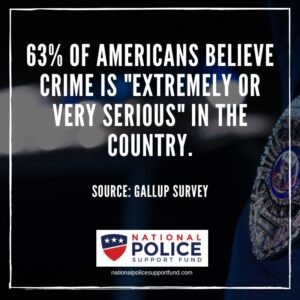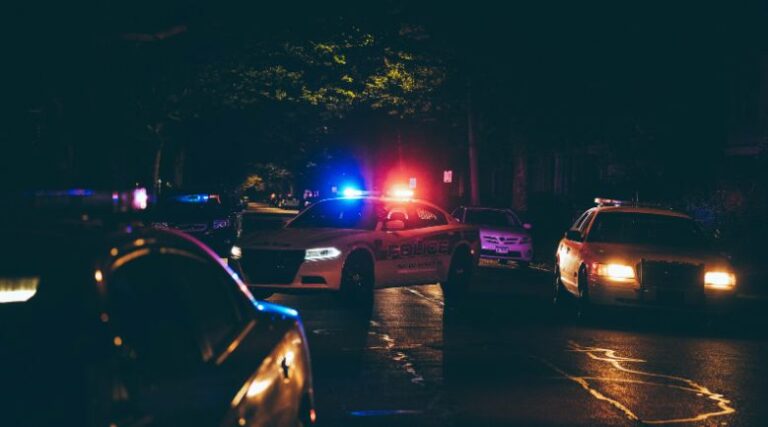During the 2020 pandemic, many cities were swept up in an unprecedented “tsunami of violence.” Driven by despair and joblessness and fueled by hostile media personalities, many cities saw their murder rates skyrocket.
Although the waters seem calmer now, the fear still survives in people’s minds, especially as the November election approaches.
Violent Crime Rates are Down, But Property Crime Is Up
Violent crime rates, particularly homicides, have decreased from their pandemic-era highs in most cities. Homicide rates are down about 13% nationally from 2022 to 2023, with other serious crimes like sexual assault, robbery, and assault also returning to pre-pandemic levels in most areas. However, property crimes have risen moderately from pandemic lows, with auto theft, shoplifting, and carjackings seeing notable increases. Carjackings, in particular, doubled from 2019 to 2023.
Analysts view the period from 2019 to 2024 as an anomaly, demonstrating how mass disruptions like the pandemic can influence criminal behavior. The initial spike in violent crime during the pandemic has been attributed to people being confined with those they had conflicts with, while the subsequent rise in property crime coincided with the reopening of businesses and increased commuting.
Did the American Rescue Plan Act Make Us Safer?

According to White House officials, the celebrated 2022 American Rescue Plan Act is responsible for much of the drop in murder rates – directly, by tackling “the causes of crime” or indirectly, by lowering unemployment and boosting the economy.
However, its impact appears less evident when we look at what the Act says. The Act provided a much-needed cash boost for local governments. This Act allocated approximately $10 billion to “public safety issues” – but relatively little of this money went directly to Police Departments or law enforcement organizations. Much went to “community-based initiatives” and mental health programs – which did little to provide police officers with hazard pay or newer equipment needed to battle the rise in violence on the streets.
For Many Politicians, Safety is Now “Controversial”
Currently, the country is gearing up to decide between two opposing views. Public opinion is bitterly divided, and as a result, many routine topics have become unnecessarily politicized.
On one side, the Democrats’ usual position on improving social services has morphed into an occasionally tense relationship with law enforcement. Many of their “progressive reforms” grab funds directly from ICE or local police departments. In addition, the Party frequently supports tighter gun control and restrictions on police authority.
Meanwhile, the Republican Party has positioned itself as the “Law and Order Group.” Their tough-on-crime approach can provide the tools to boost police recruitment numbers. And yet, some of their proposed budget cuts may threaten community policing grant programs.
Where do Voters Stand?
Despite improving violent crime statistics, polls suggest that many voters share a pessimistic view of the crime situation:
- According to a November Gallup survey, 63% of Americans believe crime is “extremely or very serious” in the country.
- Only 17% say the situation is deteriorating in their local neighborhoods, indicating a disconnect between perceived national trends and local experiences.
Overall, many voters still feel like the country is spiraling out of control, even if violent crime rates are improving. Statistics often feel like cold numbers, and it’s hard to feel safe if we can put a familiar face on a home break-in or a mugging.
The ultimate prize – the country – will go to whichever side can sincerely empathize with these concerns while offering a feasible solution to keep America safe.
Image Credit: Photo by Martin Podsiad on Unsplash








